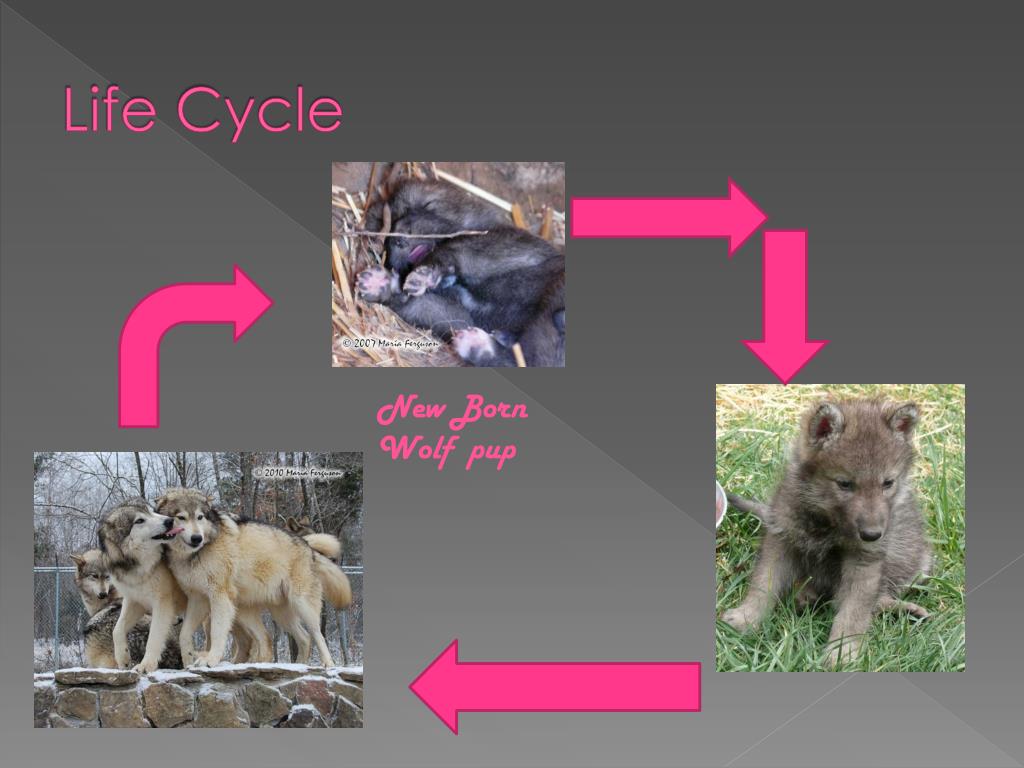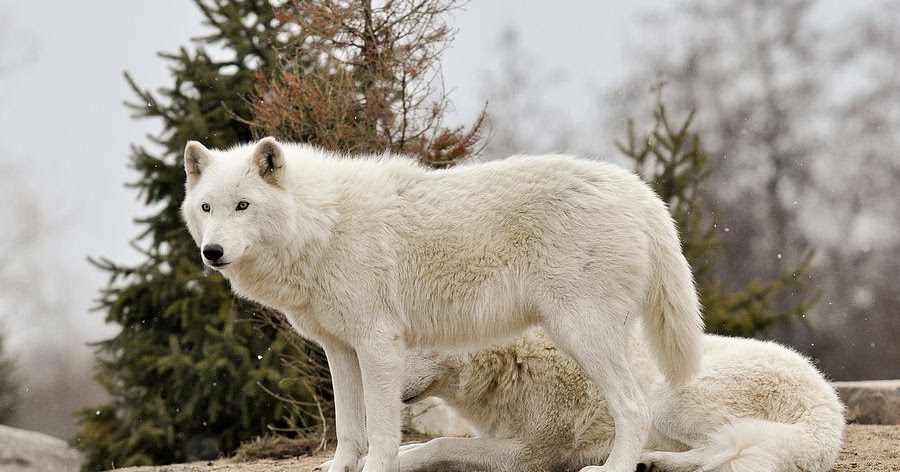
Gray wolves lay four to five pups in contrast to their counterparts.The female litters 2 – 3 pups, with the maximum littering is recorded at 12 pups. The young are usually born in months of May to the early June.The gestation period lasts for 63 – 75 days. However, when she finds difficult to dig it, she begins to search some caves or rock outcroppings or even shallow depressions for employing them as a wolf’s den.The female arctic wolves are often engaged in digging hard snow for making den to ensure a safer place for her cubs to breed for food.Consequently, not many facts have come to the fore. Most, if not all, arctic wolves are white. Arctic wolves often disperse straight-line distances of more than 550 miles.One of these wolves is also sighted as far south as northern Minnesota. Some of these species can be found in northern Alberta in the Wood Buffalo National Park, or at 60 degree latitude of Canada.Because of the fact that they have tough and remote habitats, a handful of scientists have successfully ventured while going through the long dark winter.Arctic wolves can be found in the original range of their habitats as there are no real threats from humans. Whenever arctic wolves find a den, they make one or two chambers for raising young and for food.They are believed to have appeared in North America some two million years before. These wolves bear a range of its habitat 70° North latitude and higher. Arctic wolf is the inhabitant of Canadian arctic, northern areas of Greenland, and are known occupy some parts of Alaska.See also: What Do Arctic Wolves Eat in the Wild? Arctic Wolf On their return from the hunt, wolves regurgitate some of the food with them for their hungry pups. Wolves typically consume 20 pounds (9 kg) of meat in a single meal. These wolves are also capable to eat the bones and thus leaving nothing behind.They are known to consume large chunks without chewing it. Arctic wolf has 42 teeth which is the only weapon to take down their prey.Arctic wolves are not swift runners however, they often outrun their prey in the long run through their stamina.

miles) while chasing caribou south in the winter. For the reason that prey is not easily found in heavy snow, they had to roam around 2,600 sq. These wolves also prey on seals, arctic hares, lemmings, waterfowls, ptarmigan, and smaller animals.They primarily prey on muskoxen and caribous. Arctic wolves, like other wolves, tend to hunt in packs comprising 2 – 20 members.The males turn out to be mature after 3 years while the females reach maturity at 2 years of age.The shoulder height of arctic wolves measure around 65 – 80 cm.The body-length of these males vary from 3 – 5 feet. The males are fairly larger and heavier as compared to females, with the weight of 175 lbs.Thanks to the coat, wolves can enjoy sound sleep even below 20 degree centigrade.


The white coat not only keeps them warm but it also offers a natural camouflage to these animals against predators, if any.

The female when pregnant, dispense with the pack in order to dig a den for raising her pups.Once a lone arctic wolf discovers an abandoned territory, he will mark the territory with its aroma, then he attempts to congregate other wolves to form a pack.They tend to get rid of other wolves, unless they are able to mate. The young arctic wolves soon leave their pack to seek their own territories.All the members of the same pack are presumed to feed and look after their pups.They are found in small groups comprising one male and one female together with their pups. Arctic wolves typically venture their journey in 2 – 20 packs.They are adept enough to withstand sub-zero temperatures for several years, even in absolute darkness for 4 – 5 months each year, and without food for many weeks. Thanks to the detailed insulated fur, the arctic wolf is capable to bear tough arctic weather.The length of the arctic wolf measures around 1 – 1.8 meters including tail, with the weight up to 45 – 70 kg.Now let’s check out all these amazing facts about arctic wolves. The legs of the arctic wolf are shorter to keep them closer to the ground so that they can manage their body temperature.Īrctic wolves are classified as Least Concern by the International Union for the Conservation of Nature. These animals, gray wolf, also display large canines together with the white fur.


 0 kommentar(er)
0 kommentar(er)
